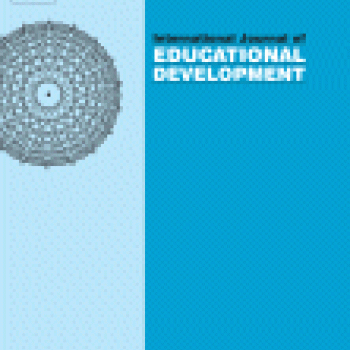
This paper informs debates about the potential role for low-fee private schooling in achieving Education for All goals in India. It reports Young Lives' longitudinal data for two cohorts (2,906 children) in the state of Andhra Pradesh. Eight year olds uptake of private schooling increased from 24 per cent (children born in 1994-5) to 44 per cent (children born in 2001-2). Children from rural areas, lower socioeconomic backgrounds and girls continue to be under represented. While some access gaps decreased, the gender gap seems to be widening. Evidence on risks to equity strengthen the case for an effectively regulated private sector, along with reforms to government sector schools.
Keywords: access to education, private schools, education for all, school choice, equity, gender, India
The final published version of the article is available on the journal website.

This paper informs debates about the potential role for low-fee private schooling in achieving Education for All goals in India. It reports Young Lives' longitudinal data for two cohorts (2,906 children) in the state of Andhra Pradesh. Eight year olds uptake of private schooling increased from 24 per cent (children born in 1994-5) to 44 per cent (children born in 2001-2). Children from rural areas, lower socioeconomic backgrounds and girls continue to be under represented. While some access gaps decreased, the gender gap seems to be widening. Evidence on risks to equity strengthen the case for an effectively regulated private sector, along with reforms to government sector schools.
Keywords: access to education, private schools, education for all, school choice, equity, gender, India
The final published version of the article is available on the journal website.

